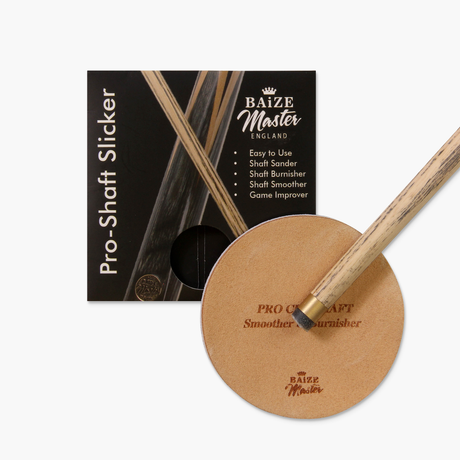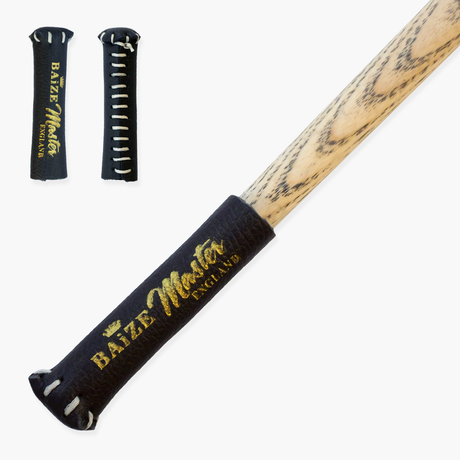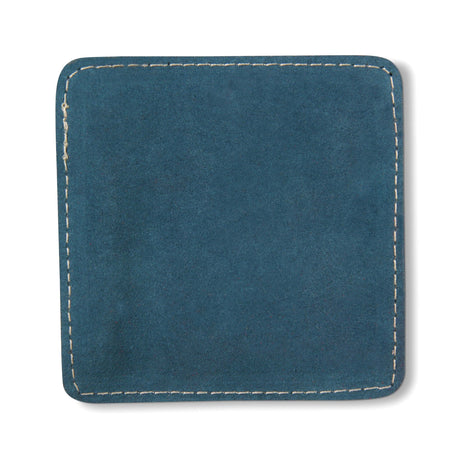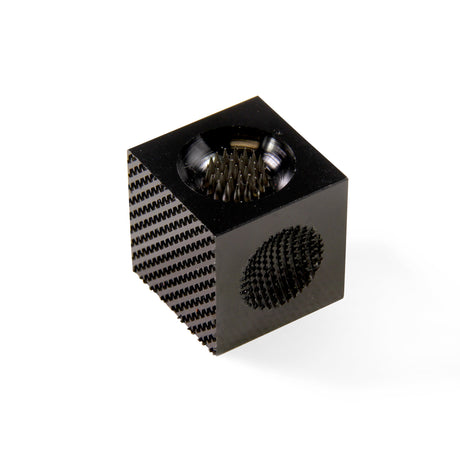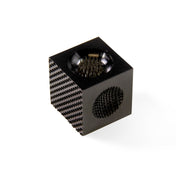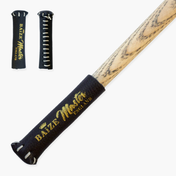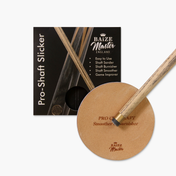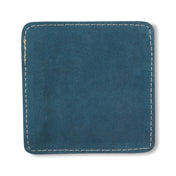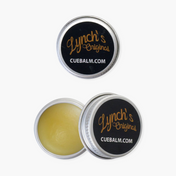Cue choice is a matter of personal taste some people want a cue that looks good, some want a particular brand or weight.
The main thing when choosing a cue is that you as the player are happy with it. Cue sports are as well as being games of skill you also affected psychologically and therefore if you feel your cue is no good then you will not play well.
It is therefore imperative that you are happy with both the look and feel of your cue to ensure that you have the best chance of playing at your very best.
Try not to listen to advice from mates at the pub or club who may say that a particular wood or particular brand is the best. It is a personal choice, so what may be perfect for them may not be right for you.
It is therefore vital that you select a cue both on the feel and the personal things like weights, tips size etc and also a cue that you think looks nice but also choose a look which is right for you. Even if a cue feels great, if you think it looks cheap or tatty you will not play at your best.
Choosing a cue is like virtually everything else you can buy i.e. you get what you pay for. Spending more is likely to give you more in terms of build quality, cheaper cue often develop problems with joints, weights and ferrules. But just like the fashion industry you also pay a big premium for brand names, when you could find an unbranded cue of the same or better quality far cheaper, but generally just like any other industry the cost to produce a better product is higher and thus more expensive cues are better made and will last longer.
Choosing Your Snooker or Pool Cue Constuction
The main types of cue are as follows:
One Piece - Solid from tip to butt and therefore unlikely to give problems with noise and rattles and also preferred by a number of top professionals.
Two Piece - Half Jointed Chosen primarily for convenience and now made by a number of makers in such a fashion that it should give no problems, most world champion’s play with a cue with a joint.
3 Quarter Jointed Cues Traditionally preferred by snooker players for use with an extension during long shots, but becoming ever popular with 8 ball players to shorten for use in areas where space is tight.
People often believe that a one piece cue is better as it contains no joints, however with the type of precision engineered joints there are on the market now as well as new vacuum sealed alloy joints and also taking into account practicality a one piece cue may not be right for you.
If you are purchasing a cue just for use on a table at home then a one piece cue may be right for you.
But most people want one cue to use at home and to take down the club or pub. You need to think about whether it is practical to be carrying a case of around 5ft in length, will it fir in your car for example?
As will the choice of style and brand the choice of type is also a personal matter but you also must be practical and it also depends on which cue sport you play. It may therefore be that you have one cue to play snooker, another to play 8 ball and another to play American 9 ball pool. There are traditionally cues which suit particular games.
Snooker
Traditionally snooker player played with ¾ jointed snooker cue as they were designed so that the shorter butt could be removed allowing the fitting of an extension for those longer shots although this is not so important these days as a number of both ¾ jointed and one piece cue are fitted with joints in the end of the butts to accept mini extensions.
8 Ball Pool
Most players use 2 piece cues for convenience as it is easier to put in a case and carry down the pub. However most players also want to use cues that also have a joint at the ¾ point so that it can be removed in pubs where space is limited as is often found. More professional players who play in tournaments (where space is not limited) usually prefer one piece cue.
Choosing the Snooker or Pool Cue Material
The most popular wood for cue shafts for the game of snooker or of UK 8 Ball Pool is for an ash shaft, in the USA most prefer maple and this is now catching on catching on greatly in the UK as the game of American 9 Ball is catching on, but as with everything else it is a matter of personal taste.
People often have the misconception that ash is stiffer and maple more bendy but wood varies enormously and some maple can be stiffer than ash, and some maple have more “whip” than ash, they do however look differently. As a general rule maple is usually stiifer and harder than ash but this is not always the case and maple will not necessarily make you play better.
Both will vary enormously in colour, some light and other being vary dark in colour. All woods are natural and colour primarily is depend on atmospheric condition when the tree grows. Colour of graining can be dependant on the age of the cue but is not always the case, the grain often goes darker with age, but some manufacturers of ash cues use dye to artificially create the antique look.
Both ash and maple are perfectly able to provide you with a full range of shots and also vary in terms of weight, as with everything else, when it comes to choice it is a personal thing, some thing maple is better, other prefer ash.
Ash
Ash has clear grain patterns and is some times preferred by players as it has arrows or chevrons which players sometime sue to line up shots. It can also provide problems as often although the grain looks straight it is rare that they are perfect and therefore causes the player not to play the shot straight.
It is also the case that grains are very wide and random, but this does not mean that the cue is not straight or inferior. It should also be bourn in mind that some say that when lining up a shot you should be looking at the silhouette of the cue shaft, cue ball and object ball and not the grain on the shaft. An uneven grained cue can be as good or better as one perfectly even and straight grained.
Maple
Maple is usually more yellow in colour than ash and does not have the prominent graining. If it’s plain shaft that you want then maple is probably better for you.
Like ash, colours of maple vary enormously and depend largely on atmospheric conditions; you can have maple cues very light in colour and other very dark.
Splicing
On both one piece and jointed cue they are normally all spliced with a different heavier wood such as ebony as it provides a beautiful contrast against the ash or maple. There are also a number of other woods now used for the butt splice like rosewood.
Traditionally spliced cue are “four point” in that the ebony or other wood is blended and merged into the shaft in four points. There are now a number of different splices including 8 point, 10 point and butterfly point. A number of cue manufacturers who make 9 ball cues use 8 or 10 point as it is believed that they provide stronger, stiffer and therefore more accurate cues.
On Cheaper cues the splice is sometimes referred to as “four point simulated” this usually means that the four point has been pained one and that the cue is not spliced at all. Some other also refers to “decals” in the butt section which shows that the wood referred to is not actually real. i.e. a “snakewood decal” is likely to be a transfer or paint job which looks like snakewood, but which is not.
Whilst it may be the case that the cue is clearly cheaper to produce, they are cheaper to buy and do not necessarily mean that they will play any worse that a genuine ebony and snakewood spliced cue. The one downside with this type of cue is that if you do scratch the surface you will reveal the cheaper wood underneath.
Machine Splice or Hand Splice which is best?
The first marked difference is visual as machine spliced and hand spliced cues are slightly different in appearance. On hand spliced cues the spliced points are slightly rounded whereas on machine spliced they are more prominently pointed and sharper. Most people who have some knowledge of cue sports will be of the opinion that hand spliced cues are best. This assumption is probably based on the fact the hand spliced are generally more expensive than machine spliced cues and people are of the belief that expense must mean quality. This isn’t always the case particularly with the advances in technology in recent years. Machines have now become more advanced and now have far greater accuracy than in the past. It should also be taken into account that whether hand or machine spliced almost all cues are finished by hand and thus the final quality of any cue is ultimately determined by the person who finishes it.
Many cues are now made in the Far East and whilst traditionally they are not regarded as being the professionals when it comes to cue manufacture, and their technology is not generally as up to date as that in the UK, there are a number of craftsmen out there who have more experience in cue making than some of their British counterparts. You should also take into account that in a lot of Far East countries there is no government taxes on wood and it is therefore far less expensive than imported wood in the .
It is therefore possible to pick up a genuine hand spliced cue finished with a number of splices in exotic woods such as ebony, snake wood, cocobolo, green sycamore and the like far cheaper than you can pick up a simple machine spliced UK made cue.
When choosing a kind of splice therefore, what is most important is what you as the player feel most comfortable with. If you believe that a UK made hand spliced cue by a master craftsman who has also made cues for world championship players is the only thing that will make you play better, then psychologically it is unlikely that anything less will make you a champion, but this type of cue is likely to make a much larger dent in your wallet.
You must bear in mind the price you pay for a cue is not representative of what you will achieve by playing with it.
Weight
Cues vary a great deal in weight even more so now due to the different games which are played and the differences in players. Traditionally most naturally weighted cues would weigh between 16 oz (453gram) - 18 oz (510 gram). Nowadays a lot of players insist on heavier cues, this is probably due to the influence from as the conventional nine ball cue has a thicker shaft and are therefore heavier in weight.
It is a common misconception that cue weight determines power. Isaac Newton confirms with his theory of Power = mass multiplied by acceleration. There are clearly players who use lighter cues than their American counterparts who produce shots with far more power which gives rise to their names such as “The Whirlwind” and “Hurricane”
As you will see from the proceeding sections there are good reasons why cues should be thicker and therefore generally heavier. But now with weighted cues it is possible to have an extremely fine tipped cue with heavier weights. The conclusion is that cue weight is a personal thing the most important point is balance and almost all players will agree that a cue with good balance is the most significant factor.
Cue Length
The most common length of cue is 57 inch (144.7cm) and most cues are made in this size. In the old days when cues were purpose and hand made for an individual they were made in the size requested by the player and this was usually dependant on height / arm span of the player. Cues now seem to have taken on the specific size of 57 inch as machines are set up to make at this length, this is the length that players have become used to. More frequently players have become used to playing with standard cues of this size but if you do have a shorter arm span and a cue of this size does not balance perfectly a number of manufacturers do offer cues at slightly shorter or longer lengths. As with everything else this is a personal thing.
Tip Size / Diameter
As with length cue tip size is also a personal thing although there are some practical reasons or choosing tips of a particular size dependant upon yours game. Professional players say that the smaller the cue ball the smaller the tip should be used and not all player agree about power, most players agree that the smaller the ball, the smaller tip, the larger the ball then the larger the tip, this way more accuracy will established. It’s import to decide what game or games it will be used for. When choosing a cue you must decide first what you intend on using it for.
Butt Thickness
Most butts are around 30mm in diameter and for give the pun “butt” as with everything else it is down to personal choice. People often feel that a slimmer butt feels better but that feel must be compared with balance, as if it isn’t correctly balanced it won’t “feel right”. Again try not to listen to advice as to the size you should have, its not what other people think, its what feels right for you. Accessories & Extensions
Traditionally only snooker cues needed cue extensions to cope with those longer shots more often than not using rests across the length of full size tables. More recently other cues have seen the addition of rests. For smaller players playing on larger American tables they can also be useful and sometimes vital.
In addition a number of manufactures now make 8 ball cues with which the butt section can be removed to allow the fitting of a mini butt which usually are around 8inches in length. There are also now a range of cue sizes; high and low jointed and various cue extensions to cope with the range of players and cues some custom made and other extensions universal to almost all sizes of cues.
There are now advanced telescopic cue extensions in order to be variable from shot to shot.

